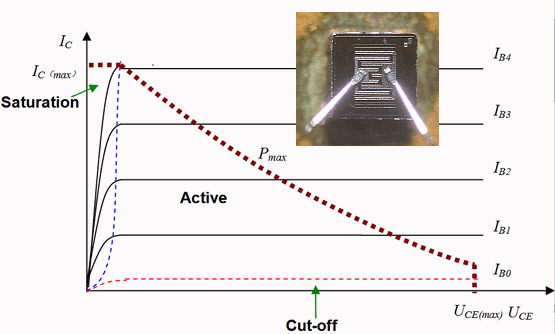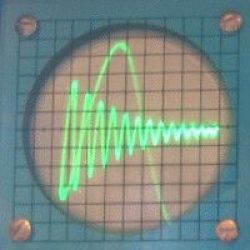What is Saturation in Transistors

Date 8/30/06 Simon and delabs
Simon: hello,
delabs: hello
Simon: we have many meanings for saturation,
delabs: means turning on, also means no longer linear, or it is got fixed up, not varying in accordance to any formula
Simon: that is what is concluded of. but we just wanted to be sure.
delabs: like you put salt in water. after some time no more salt can be dissolved, that is the state of saturation, In Electrical, no more relationship with V – I – R. Any increase in voltage or reduction it is same
Simon: thanks
delabs: anytime

Bipolar transistors are so named because their operation involves both electrons and holes. These two kinds of charge carriers are characteristic of the two kinds of doped semiconductor material; electrons are majority charge carriers in n-type semiconductors,
This concludes this episode of Saturated Talk with Simple Simon. Next week, a new Episode which will cover effects of Lightning Bolts.
To learn more about Saturation in NPN and PNP Devices see – Transistors Williamson Labs
Transistor Operation – A transistor in a circuit will be in one of three conditions. Cut off (no collector current), useful for switch operation.In the active region (some collector current, more than a few tenths of a volt above the emitter), useful for amplifier applications.
Chapter 5: Bipolar Junction Transistors
“Saturation also implies that a large amount of minority carrier charge is accumulated in the base region. As a transistor is switched from saturation to cut-off, this charge initially remains in the base and a collector current will remain until this charge is removed by recombination.”
Lessons In Electric Circuits – Bipolar Transistors
When a transistor has maximum current through it, it is said to be in a state of saturation (fully conducting).







